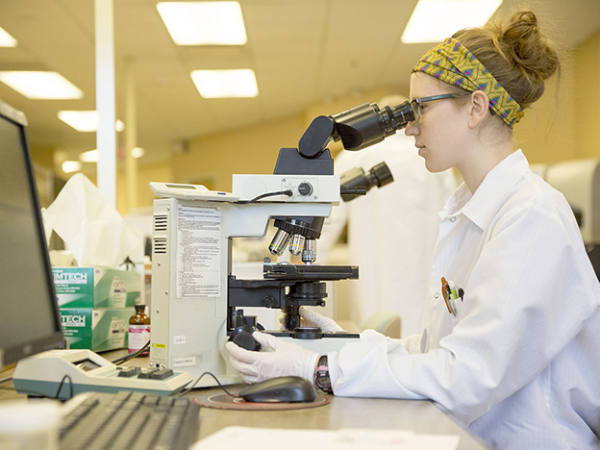The increasing use of non-cash-based payment methods has raised concerns that the number of banknotes in circulation may start to decline. However, even in advanced economies the opposite has been the case. For instance, the estimated number of banknotes in circulation increased by 12 per cent for the US Federal Reserve and 14 per cent for the Bank of England in 2020/21.
Furthermore, there has been relative growth in high-denomination notes (that contain covert security features) as part of the mix – these are more likely to be held outside standard banking systems – highlighting the importance of central bank currencies as stores of value when backed by reserve banks. At the same time the war in Ukraine and global geopolitical uncertainty is creating further demand for hard currencies given their perception as a store of value. That’s certainly not the case with digital currencies as the collapse in their value highlights that that vast majority do not act as a store of value, nor for that matter a medium of exchange given the difficulty in carrying out transactions. They lack the security offered by fiat currencies, too, as the spate of cryptocurrency thefts from digital exchanges shows.
Of course, the growth in new digital payment mechanisms has changed the landscape, but there is a recognition that future cash usage will, for many central banks (and specifically reserve banks), be measured in decades (Federal Reserve suggests 50 years, and Pakistan even longer than that). So, whilst the volume of notes and coins may gradually decrease in volume over time, the complete replacement of cash is a long way off. Indeed, over 150bn banknotes are manufactured each year and banknotes are still used in 85 per cent of all transactions.
This backdrop is highly supportive for Aim-traded Spectra Systems (SPSY:147.5p), a leader in machine-readable high speed banknote authentication, brand protection technologies and gaming security software. The company has been delivering bumper profit growth in recent years, and is in a strong upgrade cycle, forcing analysts to raise earnings estimates multiple times this year, while a 7.5 per cent free cash flow yield underpins a progressive pay-out policy. Despite this the shares are rated on a current year cash-adjusted forward PE ratio of 11 and offer a solid 6.6 per cent dividend yield.
Delivering patented technology
Founded in 1996 by chief executive Dr Nabil Lawandy, a prominent academic and scientist, to commercialise technology licenced from Brown University in Rhode Island, Spectra has developed into a profitable and highly cash-generative security technology provider for banknotes, secure documents, tax stamps, brand protection and secure online lottery transaction systems. Through a series of supply and licensing agreements with governments, institutions and corporate partners, the company is an industry leader in the currency and document authentication markets, and a leading supplier of high-speed currency authentication sensors. Around 45bn banknotes worldwide and 155mn US passports contain Spectra’s security technologies, and 20 central banks are customers, including two G7 central banks.
Bank authentication revenue accounted for 60 per cent of Spectra’s revenue of $16.6mn last year, mainly from the supply of covert security features to central banks – highly engineered material for inclusion in banknotes, and sophisticated hardware to detect the materials in banknotes based on paper substrates. In addition to material and royalty revenues, Spectra makes and supplies high-grade phosphors, the key customers being central banks, which generates a further $2m of annual revenue. This is a growth area, specifically in industrial applications, due to the innovation in new, enhanced phosphors.
Spectra provides customers with a range of other services to protect the security of banknotes in circulation, too. Its highly sophisticated sensors are embedded in sorting machines and taggant materials are embedded in the banknotes, making this a closed loop, with the sensors able to detect fakes. The company has also developed the world’s first banknote cleaning technology system to eliminate a broad spectrum of pathogens on banknotes and protect processing staff and users from hazardous materials.
Although Spectra’s largest central bank customer is fully invested in paper substrates, a growing number of central banks (10 per cent of the total market) are transitioning to polymer substrates. So, to capitalise on this market, Spectra has launched its patented ‘Fusion’ machine-readable covert polymer substrate’ to compete with the other two suppliers in the industry, De la Rue and CCL. It’s a major opportunity for Spectra.
That’s because the company derives high profit margins for the covert engineered materials used in banknotes, all of which have been manufactured in-house since 2018. For every 1,000 notes printed, Spectra can yield $1 in revenue. In 2019, the Bank of England – a customer of both De La Rue and CCL – printed 1bn new bank notes, while in the same year the US Federal Bank printed 7bn new notes. De La Rue and CCL share this market between them, so a rival offering polymer substrates with covert security features could be a real disrupter to their duopoly. Spectra is currently carrying out a print trial of one of its lower denomination notes with a Middle Eastern central bank and notes early traction with three other major central banks. Analysts have not included any revenue from polymer opportunities in their forecasts, highlighting potential for yet more upgrades if Spectra can gain commercial traction here.
Spectra’s international footprint – three-quarters of revenue comes from North America and 20 per cent from Europe – means the company is a play on sterling weakness, too. It is also a prodigious cash generator as its asset-light business model enables a high proportion of profit to be converted into cash. The fully covered dividend per share has been hiked from 6c to 11c (9.6p) since 2018 and forecast free cash flow per share of 13c (2022 to 2024) supports further growth without denting net cash of $16.8mn (33p a share).
Please note that Spectra has two classes of shares: 1.14mn shares in the Regulation S stock (AIM:SPSC); and 43.8mn shares in the unrestricted stock (AIM:SPSY). The former shares are illiquid, so focus on the unrestricted shares which are priced on a bid-offer spread of 145p to 150p and have risen 13 per cent since I initiated coverage (‘Alpha Research: Don’t miss out on the authentication boom’, 22 August 2022). I maintain my 200p target. Buy.
■ Simon Thompson's latest book Successful Stock Picking Strategies and his previous book Stock Picking for Profit can be purchased online at www.ypdbooks.com at £16.95 each plus £3.95 postage and packaging. Details of the content can be viewed on www.ypdbooks.com.
Promotion: Subject to stock availability, both books can be purchased for £25 plus £5.75 postage and packaging.











